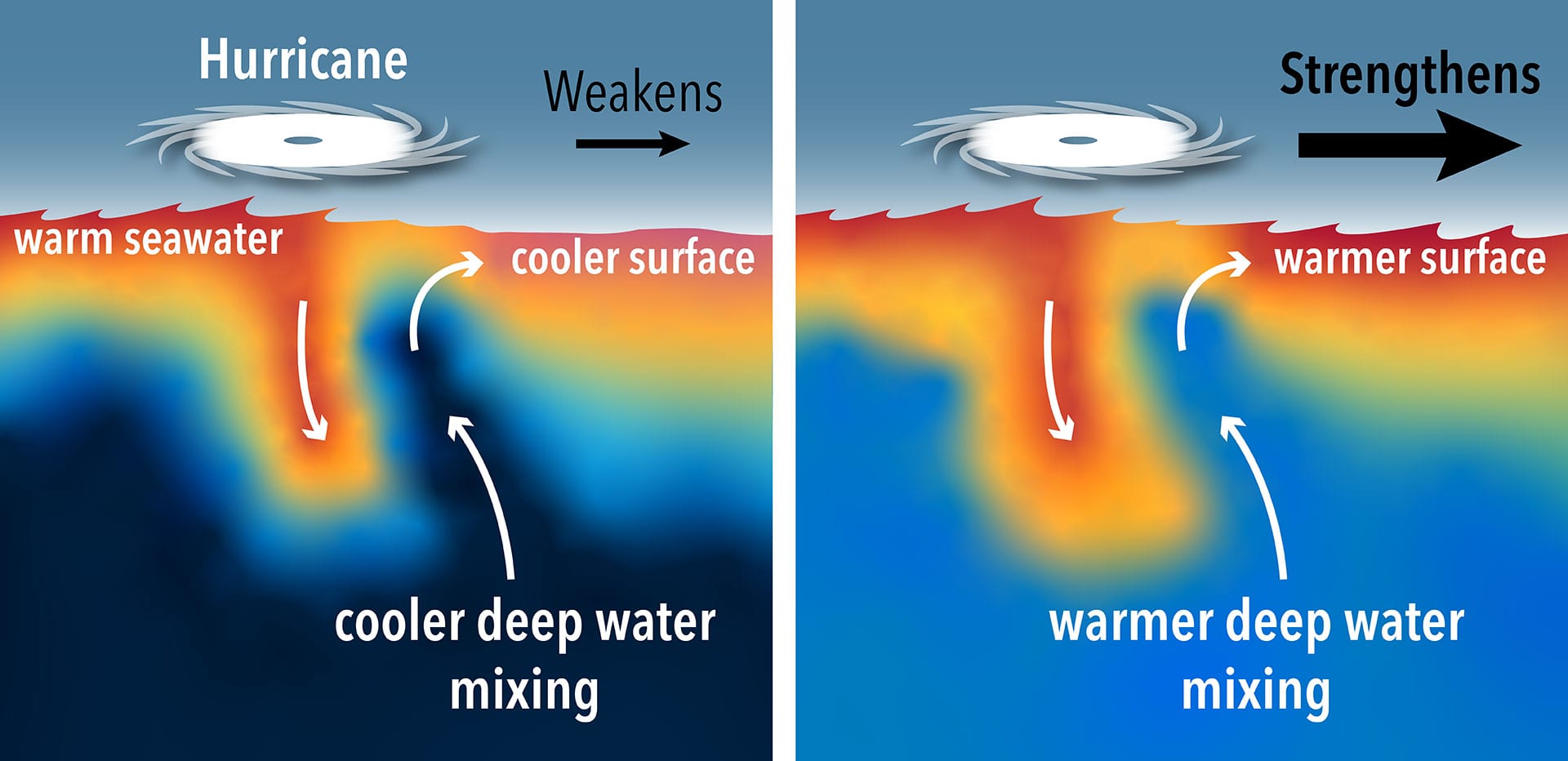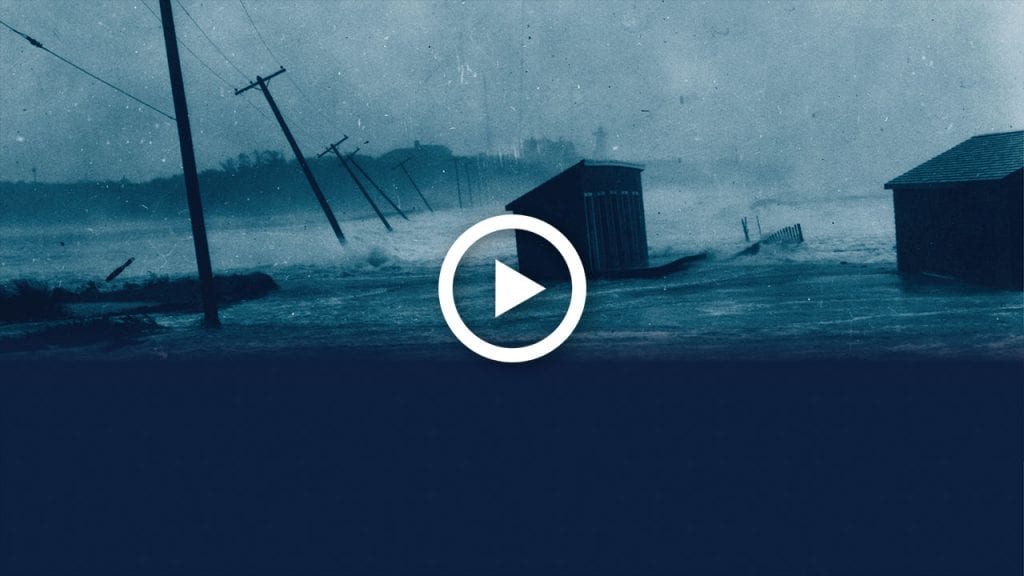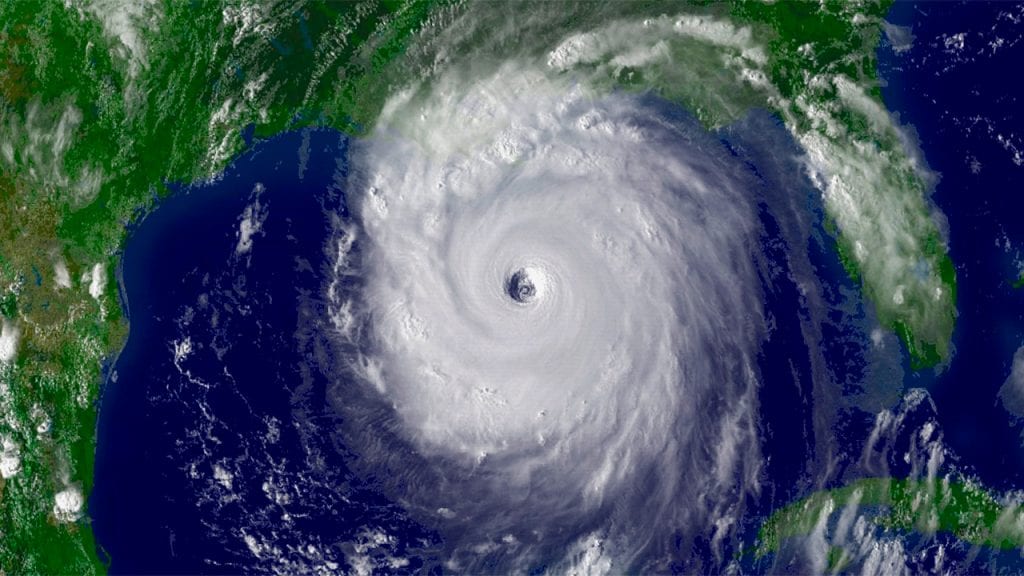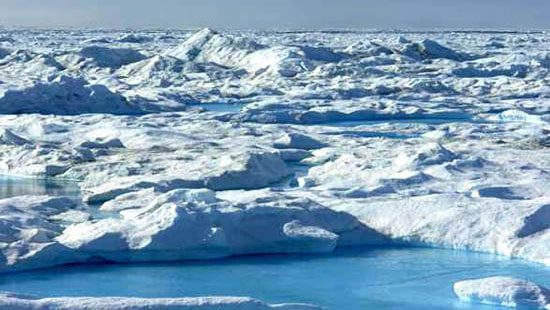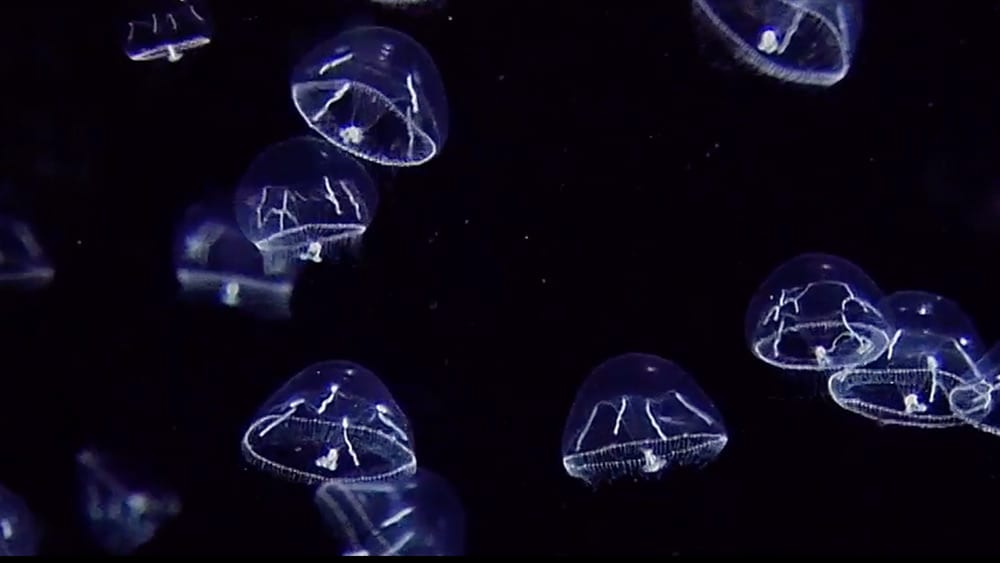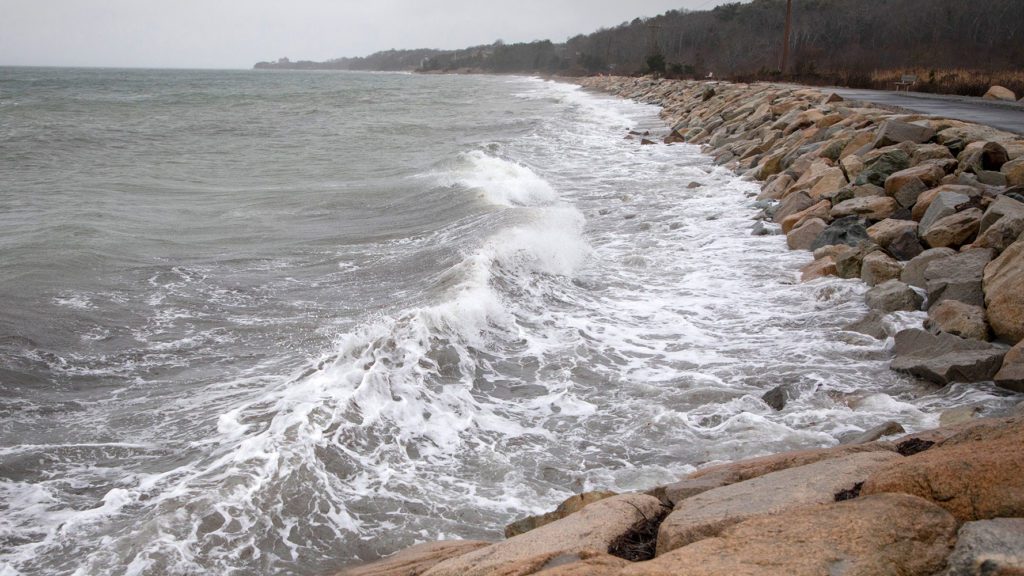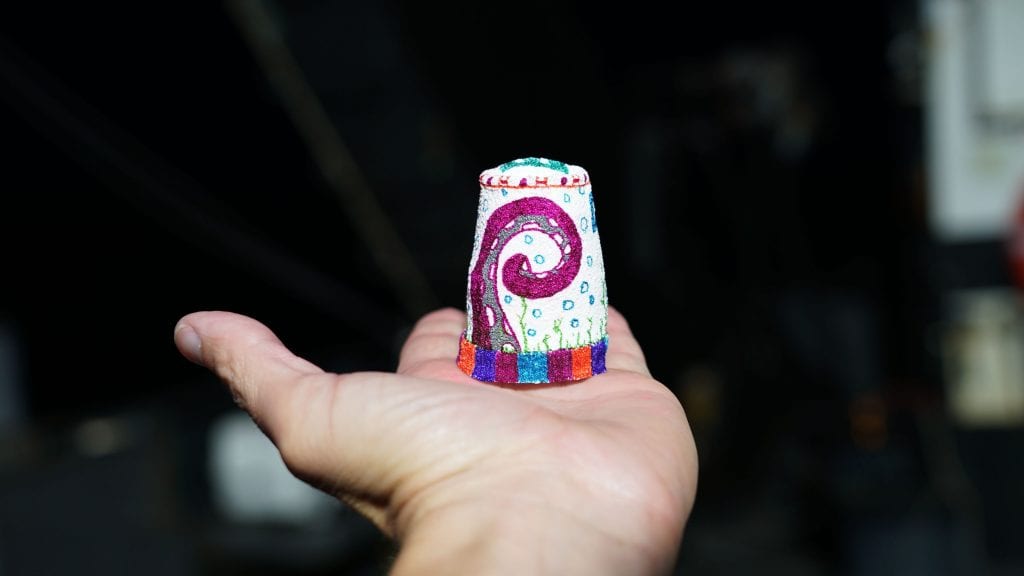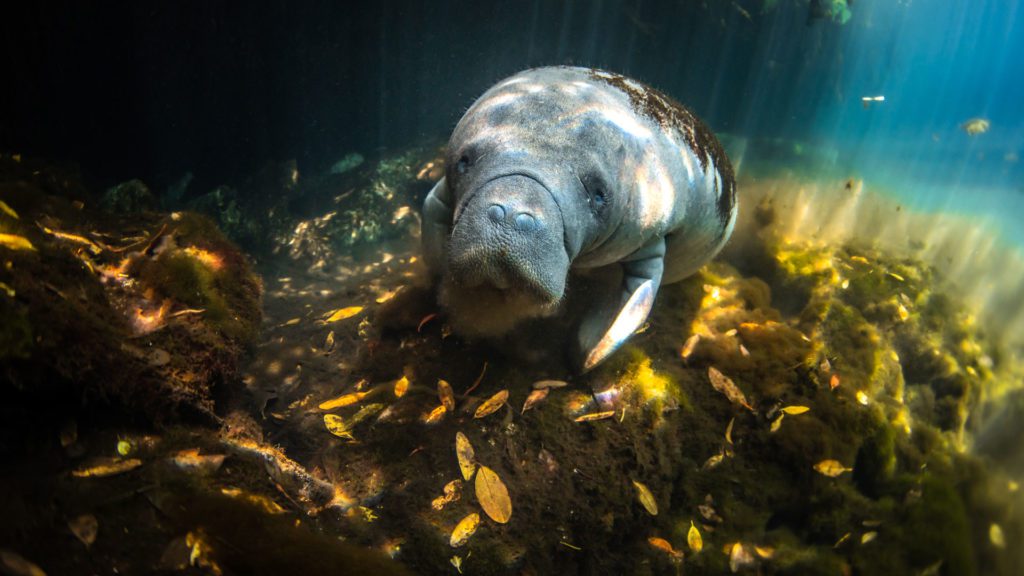Hurricanes are the most powerful storms on the planet, spanning hundreds of miles (kilometers). We know them for the destruction they cause when they reach land. Their high winds, heavy rains, and storm surges cause billions of dollars in damage each year. But the effects of hurricanes aren’t limited to landfall. They have an outsized impact on the ocean, as well.
Tropical storms and hurricanes owe their high energy to warm ocean waters. Evaporation from warm surface waters fuels these storms, allowing them to gain strength. The bigger the storm, the faster the winds that churn up the water below.
Winds mix the surface waters in the ocean down to a depth of about 90 meters (300 feet). How much mixing occurs depends not only on wind speed, but also on the difference in temperature and salinity (saltiness) between warm surface layers and cold water below. When the surface is much warmer than deeper waters, the layers separate like oil and vinegar and don’t easily mix. When a hurricane passes over, it mixes those layers, driving warm water deeper into the ocean and in return bring cooler waters up to the surface.
Large marine animals, such as dolphins and sharks, seem to sense these storms as they approach. They may sense changes in air or water pressure or changes in salinity due to heavy rainfall. Such free-swimming animals swim into deeper, calmer waters away from shore and return to shallower areas days or weeks after the storm has passed.
Not all marine animals survive hurricanes. Corals, crabs, and other animals that cannot swim large distances may be smothered by sediment stirred up by the waves. Fish that live near shore may get washed into ponds or lagoons. If the water they land in is too fresh or full of sediment, they can die.
But hurricanes can also boost marine life when mixing of surface and deeper waters triggers phytoplankton blooms. The colder waters from below are high in nutrients needed by phytoplankton for growth. As they mix with surface waters, they trigger a phytoplankton bloom at the surface. This, in turn, leads to an explosion of bacteria and zooplankton that feed on phytoplankton. For several weeks after a hurricane passes through, the ocean experiences an increase in marine life. This attracts a variety of larger animals, including seabirds that fly toward storms to take advantage of the feast that follows in their wake.
As phytoplankton consume the available nutrients, they eventually begin to die off, as do some of the bacteria and animals that consumed them. Falling bits of these organisms travel deep into the ocean, where they support deep-sea ecosystems.
Wind-driven waves also increase the amount of oxygen in surface waters by promoting mixing between water and air. Hurricane-force winds can help move oxygen deeper into the ocean. But the amount of oxygen available to marine life may be limited if a storm churns up sediment from the seafloor. This is most likely to happen when a storm travels over shallow waters, such as a continental shelf.
RELATED VIDEOS
Ocean Encounters: Hurricanes
Coastal cities lie at the intersection of many issues—ocean and climate, ecosystems and human infrastructure, and a rapidly growing population on a constantly changing landscape between land and sea. Hurricanes present dramatic and often wholesale change that need multidisciplinary, collaborative solutions, that focus on supporting communities through uncertain times.
How does the ocean impact hurricanes?
Hurricanes are the most powerful storms on the planet, spanning hundreds of miles. We know them for the destruction they cause when they reach land. Their high winds, heavy rains, and storm surges cause billions of dollars in damage each year. But the effects of hurricanes aren’t limited to landfall. They have an outsized impact on the ocean, as well.
LEARN MORE
Hurricanes
Hurricanes are large rotating tropical storms with winds in excess of 119 kilometers per hour. They usually form in the Atlantic Ocean but can develop in other oceans as well.
Climate & Weather
The ocean plays a central role in global climate and regional weather patterns, including droughts, rainstorms, and hurricanes.
Bianucci, L. et al. Contribution of hurricane-induced sediment resuspension to coastal oxygen dynamics. Scientific Reports. Vol. 8. 2018. doi: 10.1038/s41598-018-33640-3.
Gutiérrez Brizuela, N. et al. Prolonged thermocline warming by near-inertial internal waves in the wakes of tropical cyclones. PNAS. Vol. 120. June 20, 2023. doi: 10.1073/pnas.2301664120.
Heupel, M.R. et al. Running before the storm: blacktip sharks respond to falling barometric pressure associated with Tropical Storm Gabrielle. Journal of Fish Biology, Vol. 63. November 3, 2003. doi: 10.1046/j.1095-8649.2003.00250.x.
NOAA. How do hurricanes affect sea life? https://oceanservice.noaa.gov/facts/hurricanes-sea-life.html
NOAA. How do hurricanes impact the deep ocean? https://oceanexplorer.noaa.gov/facts/hurricane-impact.html
Pedrosa-Pàmies, R. et al. Hurricanes enhance labile carbon export to the deep ocean. Geophysical Research Letters. Vol. 46. August 16, 2019. doi: 10.1029/2019GL083719.
Ryan, Svenja. Personal communication.
DIVE INTO MORE OCEAN FACTS
How does bioluminescence work?
Deep in the ocean there’s very little sunlight. But if you could swim down there, it would look a bit like the night sky. Why is this?
What makes the ocean salty?
The water flowing into the ocean comes from freshwater streams and rivers. These bodies of water do contain salt. It dissolves from rocks on land. That’s because rain is slightly acidic.
Why is pressure different in the ocean?
As anyone who has tried diving to the bottom of a deep pool knows, all that water gets heavy—fast. Extreme pressure is one reason why the ocean floor is still largely unexplored.
How do manatees stay hydrated?
Marine mammals need to hydrate—even in the saltiest of seas. Here’s how manatees stay fresh wherever they go.

